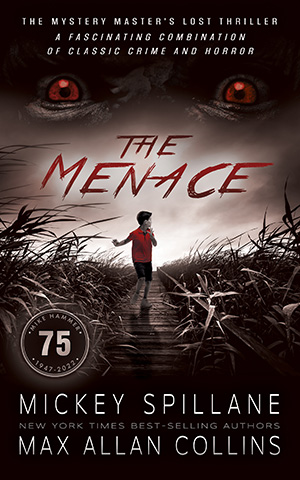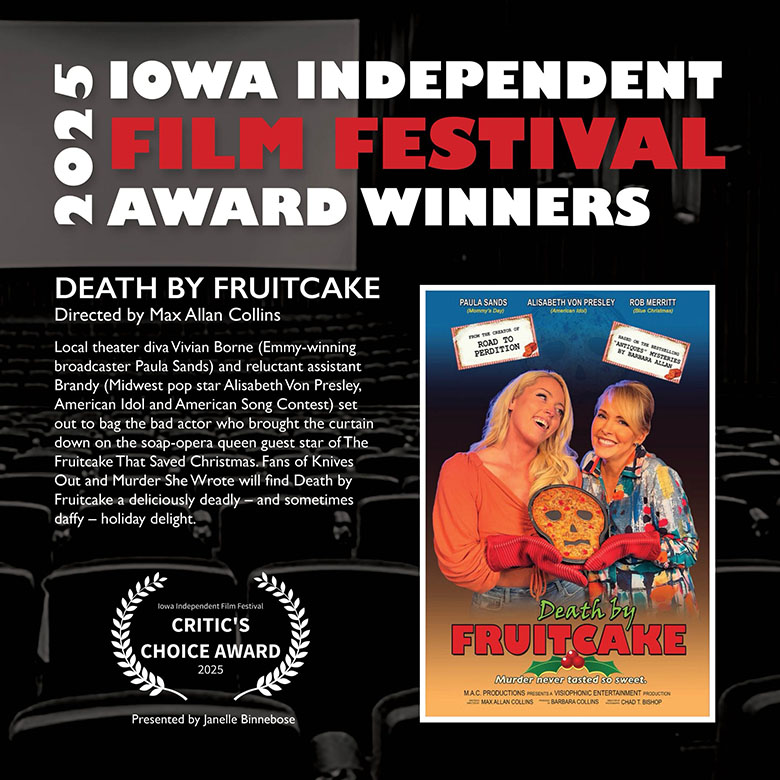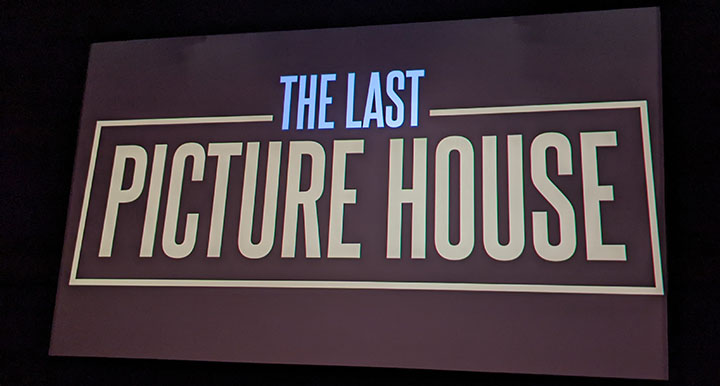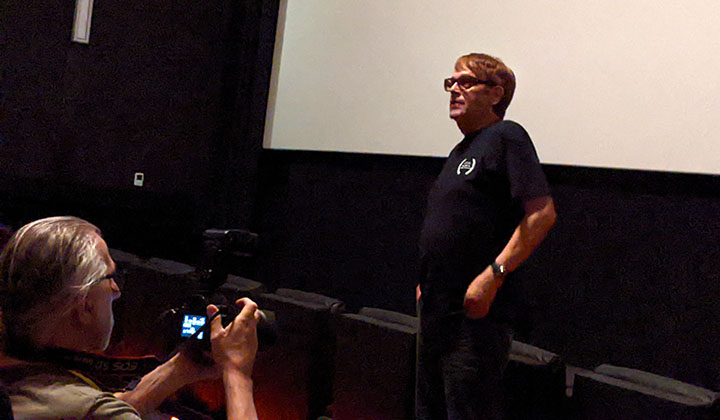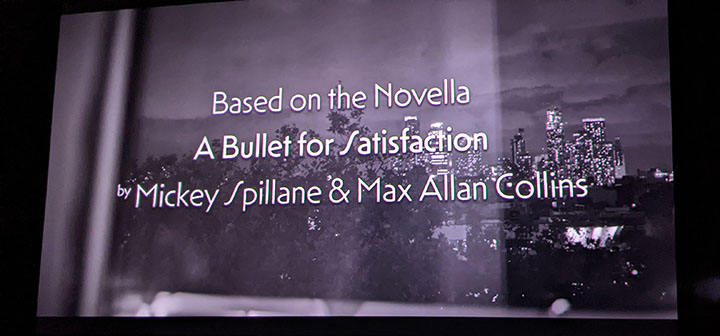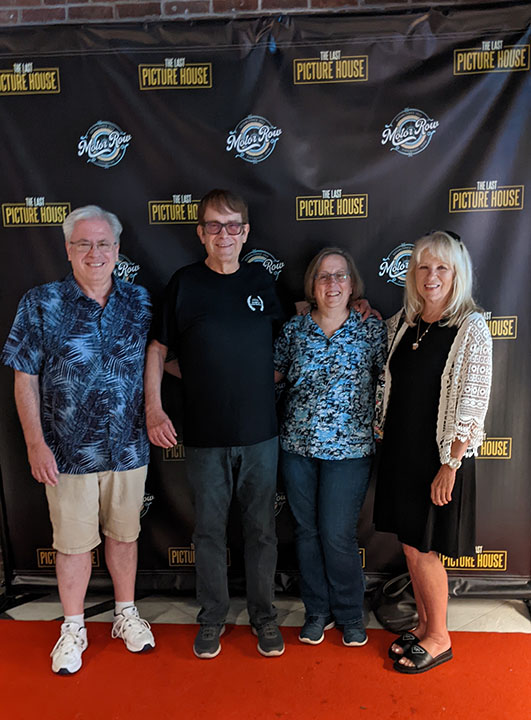I occasionally get a nice e-mail from a reader who likes one thing or another of mine (or several things, which is really nice) and I do my best to answer all of these. I don’t mean to imply I’m swimming in praise, but sometimes I mean to respond and don’t get around to it. Things can get lost in the shuffle when you’re busy writing or getting a pacemaker put in.
For that reason, if you happen to be one of those who’ve written and been ignored, you weren’t really being ignored, your missive just got away from me. Please know I appreciate hearing from you. And I’m pleased to say I rarely get a negative letter from a reader.
Same goes for the comments that appear below each of these Update/blog entries. I read everything and usually respond, but not always.
Recently a reader who obviously read a lot of my stuff said the Heller novels didn’t trip his trigger like Quarry and Nolan. I get that, particularly when a reader doesn’t care for a book of the kind of length that Heller usually runs. Quarry and Nolan tend to appear in books that are quick reads – 50,000 to 60,000 or so. And Heller tends to appear in books of 80,000 words or more. True Detective was the longest first-person private eye novel ever written, until I wrote the even longer Stolen Away.
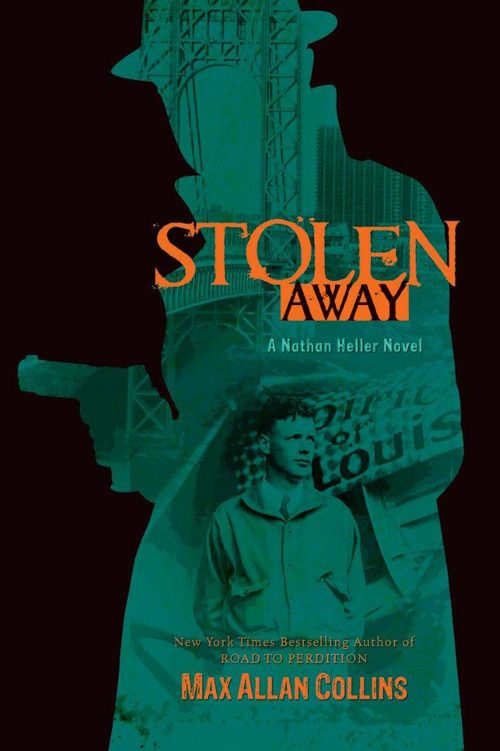
I myself find that Heller is rather daunting for me at this age. The breadth of research is staggering and the many chapters a challenge. In some ways I am a better writer now than I ever was. Mickey Spillane felt a writer should get better with age, because of being at it longer and gaining more experience in both art and life.
But in other ways I’m not the writer I was.
It isn’t just age. But the experience part Mickey mentioned applies to just being on the planet a while, and the fiction writing – like reading – depends on where you are in this string of seconds, minutes, days and years called time.
I recently re-watched The Verdict (1982) starring Paul Newman and written by David Mamet. I revisited it in part because I had been responsible in a way for the last motion picture this great film actor ever made, and had met – and been intimidated – by him. (I’ve written about that here before.)
But I am no fan of David Mamet. I find him mannered and pretty much despised his screenplay for The Untouchables. It has that great “Chicago way” speech of Sean Connery’s, but is a knuckle-headed and lazy take on Eliot Ness and Capone. I even turned down the novelization (stupidly, because it would have boosted sales of my Eliot Ness novels).
I had seen The Verdict when it came out and thought it good but overrated. Barb and I, pre-Covid lockdown, would go to at least one movie a week; and I sometimes went alone, too. So I find now, in my dotage, that I often remember nothing about a movie I saw twenty or thirty or more years ago except (a) that I saw it, and (b) remember my opinion of it.
The Verdict this time around seemed a near classic, a terrific courtroom drama and a fantastic character study from Paul Newman, who had a drinking problem in life that he explored in this particular performance. Fucking brilliant. And Mamet’s script didn’t strike me as mannered at all, and extremely well-constructed.
I am a different person going to the movies than I was years ago.
Right now I’m not going to theaters much at all, and doing considerable watching at home. You probably are the same. I’ve seen some stellar flicks in 2025 – Sinners, Weapons, One Battle After Another – and encountered some of the best TV ever, notably Slow Horses and the under-seen Chantal.
But I am also at odds with some things that a lot of people, smart people, really like – we walked out of the new Predator movie, and would have walked out on Guillermo del Toro’s Frankenstein if we weren’t home streaming it. In any case, we didn’t make it past an hour. We found it a precious thing, the kind of movie where you walk out humming the costumes.
Your mileage may vary, of course, but my point is that we see things at a specific point in time and who we are at that time – this obviously goes for books, too – impacts how we take things in. Barb and I – both of us big Breaking Bad and Better Call Saul fans – hated creator Vince Gilligan’s Pluribus. Son Nate liked it.
Nobody’s right, nobody’s wrong. Well, sometimes things are just plain bad, but you catch my drift. A novel or a film is the artist plus the someone taking in that novel or film. The reader’s mind, the viewer’s mind, is where the novel or film plays out. I often have said that sometimes my stuff plays on Broadway and sometimes at the Podunk Community Playhouse.
Of course some reviewers have considered my micro-budget Christmas movie Blue Christmas barely worthy of a community theater. But quite a few others have praised it and were able to meet it on its own modest but sincere terms.
As for Heller not tripping a reader’s trigger where Quarry or Nolan or the Antiques mysteries do, I only hope it’s not the history aspect that puts such readers off. I admit that Heller was a way for me to combine my love of historical fiction with that of hardboiled mystery fiction. Do most of my readers even know who Samuel Shellabarger was? That his novels Captain from Castille and Prince of Foxes were my favorites at the same time I was inhaling Hammett, Chandler and Cain? Or that my favorite novels as an adolescent were The Three Musketeers and The Mark of Zorro? Or that Mickey Spillane’s faves were The Count of Monte Cristo and Prisoner of Zenda? (Shellabarger, by the way, was originally a mystery writer, under several pen names.)
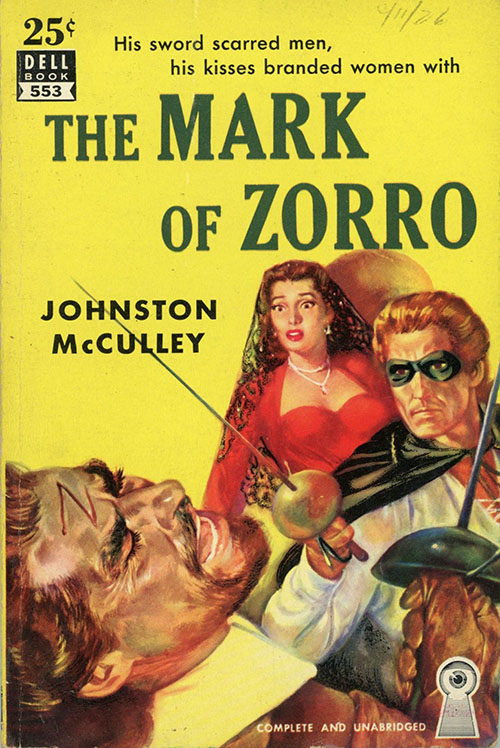
But to readers who duck Heller because of the historical aspect, know this: the first intension is to write a classic private eye novel in the Hammett/Chandler/Spillane (Father, Son and Holy Ghost) vein. That is the goal and I think I’ve achieved it.
Interestingly, when I moved Heller to Hard Case Crime, editor/publisher Charles Ardai was pleased that The Big Bundle was based on a less-remembered crime than other books in the Heller series. He felt the HCC audience might be put off by the historical aspect.
What prompted this rambling missive to you, Dear Readers, is a particularly nice e-mail I received, and which I will share with you now, from Andrew Lewis – a fellow Iowan!
What Mickey Spillane does with storytelling is, in my mind, what Lou Reed did with song lyrics, say very profound things using the most simple language you can. I’m five chapters in to
Kiss Her Goodbye which is, thus far, the 3rd Hammer novel I’ve read which you’ve completed. It’s hard to tell where Mickey stops and Max starts. It’s got some Black AlIey elements the same way Lady Go Die had some Twisted Thing elements, ideas set aside, forgotten, and reused. I’m all in.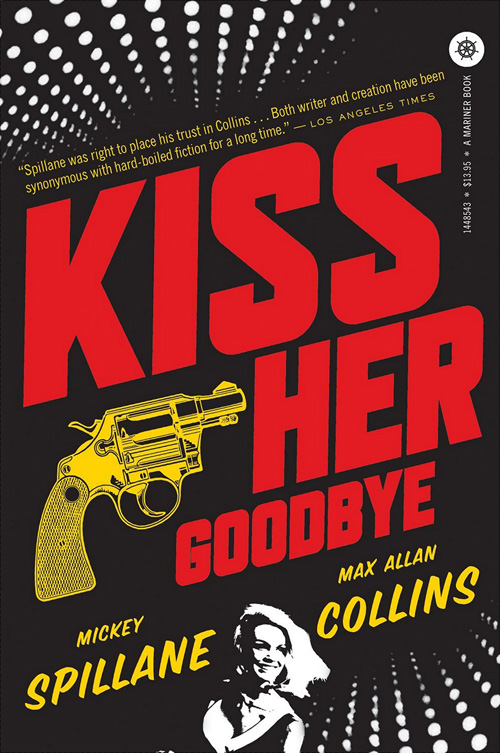
I’ve recently picked up
The Wrong Quarry and will be reading it after Kiss Her Goodbye. It’s my first journey into Quarry’s world, is it a good place to start? Thanks for taking the time to read this overly long note and for continuing the Spillane legacy.Warmest regards,
Andrew Lewis
Council Bluffs, Ia
Here is the reply I sent to Andrew:
With your permission I’d like to use it in this week’s Update/blog of mine, because you raise interesting questions that would be well answered in public.
Briefly, though, Mickey was very loose about continuity. Not as loose as, say, Rex Stout, who kept Archie Goodwin and Nero Wolfe frozen at the age at which we met them (their ages, not ours!). I have attempted to put together a continuity that doesn’t contradict Mickey, but that can only go so far. Do keep in mind
Black Alley (my least favorite of Mickey’s Hammer novels) is his final Hammer novel, and King of the Weeds was a direct sequel he began as was Kiss Her Goodbye — he set aside King of the Weeds, intended to be the final Hammer, to write a 9/11 novel, The Goliath Bone. I finished both King and Bone and kept them in relative continuity not only with Black Alley but with the entire series. King of the Weeds, by the way, is in part meant to answers questions and fix inconsistencies in Black Alley. I liked to think (and this is outrageous I know) that I “fixed” Black Alley — that reading Alley and King back to back is an improved experience…the “part two” that Mickey began writing.I always tried to set each story that I completed in time — specifically, when Mickey started (and set aside) those unfinished novels. I try to think about where Mickey was in his life, and get into his head space at that point. This means
Lady Go Die is like an early Hammer, and King and Bone like later Hammers in tone and technique. Kiss Me Darling is another one that has that early feel. Kiss Her Goodbye is more mid-stream Mickey — he designed it to be Hammer’s return to the book market after a long quiet spell…but during that quiet spell, he kept starting (and stopping) various Hammer manuscripts.I would recommend you read my biography of Mickey, co-written by James Traylor —
Spillane — King Of Pulp Fiction. I include as part of a back-of-the-book bonus content a lengthy article about how I came to write the books and how I approached each of them.Thanks again, Andrew! Let me add to that one thing: I am very fond of Black Alley (and not just because it’s dedicated to me). I grew to respect it more working with it in depth writing its sequel from Mick’s existing chapters. My disappointment with the book was the way he softened a banger ending that he shared with me in conversation, which I wound up using in slightly different form in another Hammer.
M.A.C.
